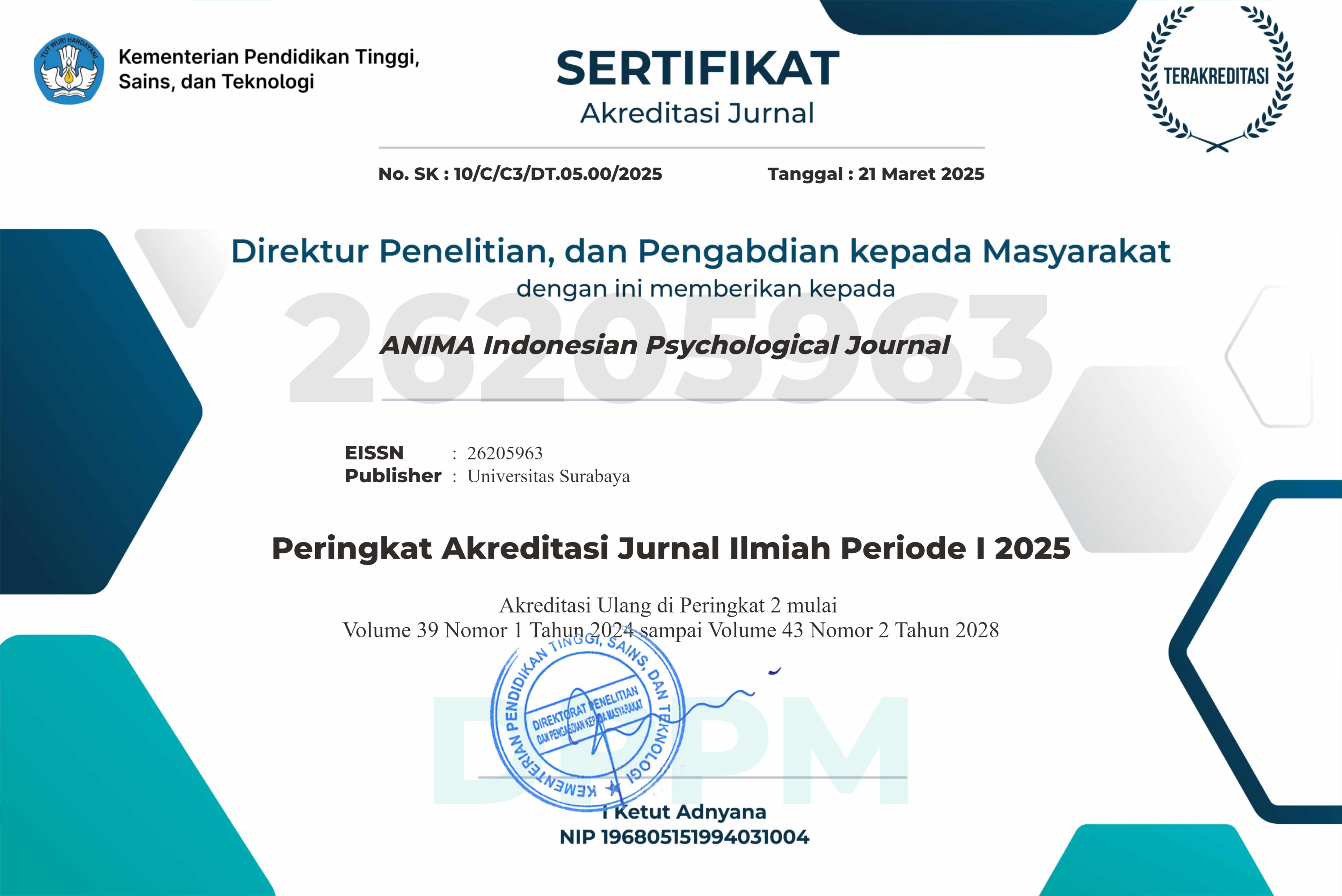The Effectiveness of Imagery Exercise on Improving the Technical Skill of a Basketball Lay-Up
 Abstract Views:
86 times
Abstract Views:
86 times
 PDF-Full Text Downloads:
68 times
PDF-Full Text Downloads:
68 times
Abstract
The purpose of this study is to determine the effectiveness of imagery training on improving the technical skill of a basketball lay-up for students of Faculty of Sports Education, Yogyakarta State University (FIK UNY). The method used in this research was an experimental design with pre-test post-test control group. The population of this study was the new students of FIK UNY academic year 2013/2014. Samples were taken using the proportional random sampling technique. To prove the research hypothesis, a t-test statistical technique was used. Based on the analysis of data, tcount was 2.177 with p < .05. This means that there is a significant difference in the lay-up technical skill between the control group and the experimental group. The experimental group had a higher mean score of improvement in lay-up technical skill compared to the control group. Thus it can be concluded that imagery exercise improves the basketball lay-up technical skill for students of FIK UNY. The result in basketball lay-up of students who were given the exercise program and the imagery exercise is significantly higher than the students who were given a lay-up shot exercise program without imagery exercise.
Penelitian ini bertujuan untuk mengetahui efektivitas latihan imajeri terhadap peningkatan keterampilan teknik lay-up shoot Bolabasket mahasiswa FIK UNY. Metode yang digunakan dalam penelitian ini adalah desain eksperimen dengan teknik pretest-posttest control group design. Poluasi dalam penelitian ini adalah mahasiswa baru FIK UNY tahun akademik 2013/2014. Teknik pengambilan sampel menggunakan proportional random sampling. Teknik analisis data untuk membuktikan hipotesis penelitian menggunakan statistik uji t. Berdasarkan hasil analisis data diperoleh thitung 2,177 dengan p < .05. Ini berarti terdapat perbedaan yang signifikan keterampilan teknik lay-up shoot antara kelompok kontrol dengan kelompok eksperimen. Kelompok eksperimen memiliki rerata peningkatan keterampilan teknik lay-up shoot yang lebih tinggi dibandingkan kelompok kontrol. Penelitian ini menyimpulkan bahwa latihan imajeri memiliki efektivitas terhadap peningkatan keterampilan teknik lay-up shoot Bolabasket mahasiswa FIK UNY. Peningkatan teknik lay-up shoot Bolabasket pada mahasiswa yang diberi program latihan lay-up shoot ditambah latihan imajeri lebih tinggi dibandingkan dengan mahasiswa yang diberi program latihan lay-up shoot tanpa ditambah latihan imajeri.
Downloads
References
Cale, Andy & Forzoni, R. (2004). The Official FA Guide to Psychology For Football. FA Learning Ltd. Hodder & Stoughton.
Creswell, J. W. (2008). Educational Research, Planning, Conducting, Evaluating Design Qualitative and Quantitative Researchers. New Jersey: Pearson Merrill Prentice Hall.
Guillot, A., & Collet, C. (2008). Construction of the motor imagery integrative model in sport: A review and theoretical investigations of motor imagery use. International Review of Sport and Exercise Psychology, 1(1), 31-44.
Halgren, E., Dale, M., Sereno, R., Tootell R. (1999). Location of human face-selective cortex with respect to retinotopic areas. Human Brain Mapping 7, 29-37
Hall C. (2001). Imagery in sport and exercise. In R. N. Singer, H. A. Hausenblas, and C. M. Janelle (eds.), Handbook of Sport Psychology (2nd Ed., pp. 529-549). New York: John Wiley & Sons.
Hardy, L,. Jones, J.G., & Gould, D. (1996). Sports; physical education and training. Psychological aspects. New York: J. Waley.
Holmes, P. & Collins, D. (2001). The PETTLEP approach to motor imagery. A functional equivalence model for sport psychologists. Journal of Applied Sport Psychology, 13, 60-83.
Isaac, A. R. (1992). Mental practice: Does it work in the field? The Sport Psychologist, 6, pp. 192-198.
Klein, I., Paradis, A.., Poline, J., Kosslyn, S., & LeBihan, D. (2000). Transient activity in human calcarine cortex during visual imagery. Journal of Cognitive Neuroscience, 12, 15-23.
Kosslyn, S., Ganis, G., & Thompson, W. (2001). Neural foundations of imagery. Nature Reviews Neuroscience, 2, 635-642.
Martin, K., Moritz, S., & Hall, C. (1999). Imagery use in sport: A literature review and applied model. The Sport Psychologist, 13, pp. 245-268.
Oliver, John A. (2003). Basketball fundamental (Sport fundamental series). Champaign, IL: Human Kinetics. Smith, D., Collins, D., & Holmes, P. (2003). Impact and mechanism of mental practice effects on strength. International Journal of Sport and Exercise Psychology, vol. 1, pp. 293-306.
Sodikun, Imam. (1992). Olahraga Pilihan. Bolabasket. Jakarta: Depdikbud.
Sumiarsono, Dedi. (2002). Diktat Kuliah : Keterampilan Bola Basket. Yogyakarta : FIK – UNY. Taylor, J., & Wilson, G. (2005). Applying sport psychology: Four perspectives. Champaign, IL: Human Kinetics.
Williams, Jean M. (1993) Applied Sport Psychology (Personal Growth to Peak Performance). Arizona. Mayfield Publishing Company.

This work is licensed under a Creative Commons Attribution-NonCommercial-ShareAlike 4.0 International License.
Articles published in ANIMA are licensed under a Creative Commons Attribution-NonCommercial-ShareAlike 4.0 International license. You are free to copy, transform, or redistribute articles for any lawful, non-commercial purpose in any medium, provided you give appropriate credit to ANIMA and the original Author(s), link to the license, indicate if changes were made, and redistribute any derivative work under the same license.
Copyright on articles is retained by the respective Author(s), without restrictions. A non-exclusive license is granted to ANIMA to publish the article and identify itself as its original publisher, along with the commercial right to include the article in a hardcopy issue for sale to libraries and individuals.
By publishing in ANIMA, Author(s) grant any third party the right to use their article to the extent provided by the Creative Commons Attribution-NonCommercial-ShareAlike 4.0 International license.




